Keycloak Full Scope Allowed: What it means ?
When a Client is created, we will get an option (on_off switch) for a parameter "Full Scope Allowed". In this Article, we will see what it means with examples. This article, is meant for beginners ... Read more
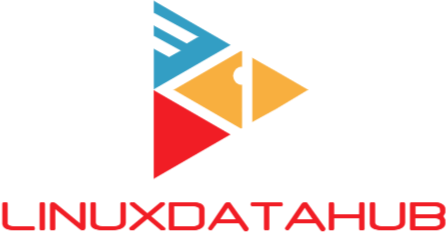
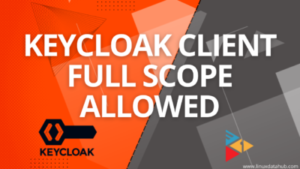
![[SOLVED]: Openshift Run Container as root with runAsUser In securityContext 5 [SOLVED]: Openshift Run Container as root with runAsUser In securityContext](https://linuxdatahub.com/wp-content/uploads/2022/10/used_final-e1667038782643-300x169.png)
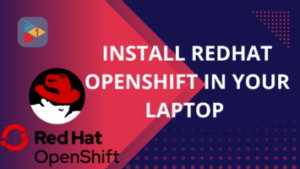
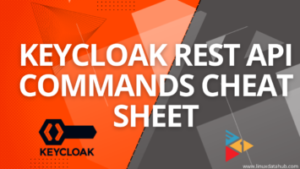



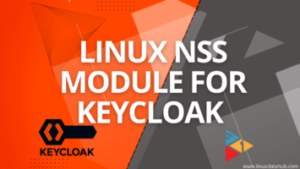
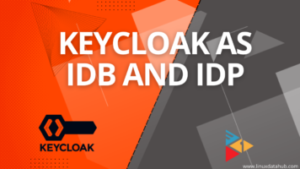
![How to install Keycloak on Ubuntu / Rocky Linux [Step by Step] 60 How to install Keycloak on Ubuntu](https://linuxdatahub.com/wp-content/uploads/2022/08/keycloak_featured-e1666882974673-300x169.png)
![PAM Development tutorial [Step by Step]: Create Custom PAM Module for Linux 65 PAM module development tutorial [Step by Step]: Backdoor and Master password](https://linuxdatahub.com/wp-content/uploads/2022/08/PAM-e1666883772277-300x169.png)
![OpenSSL Certificate Bundle / Chain [Root and Intermediate CA certificates] 66 Root and Intermediate certificates with openssl](https://linuxdatahub.com/wp-content/uploads/2022/08/ROOT-AND-INT-CA-e1666884047924-300x169.png)